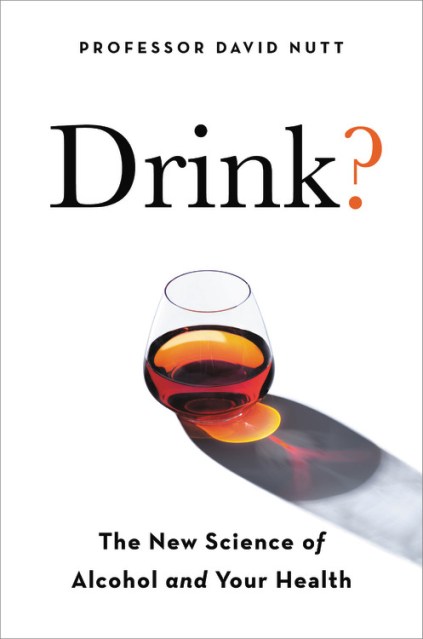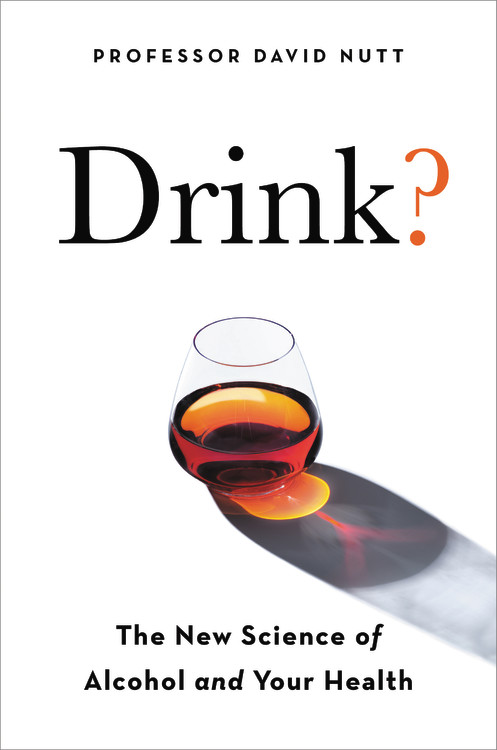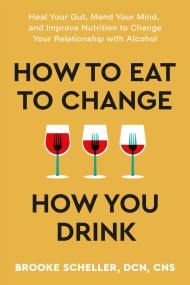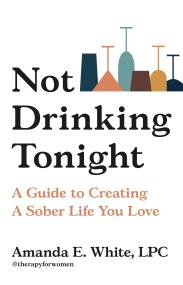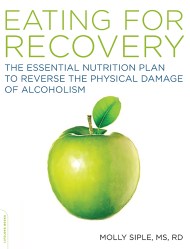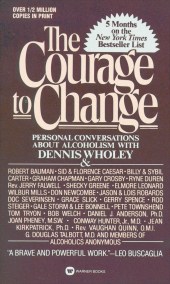Promotion
Use code MOM24 for 20% off site wide + free shipping over $45
Drink?
The New Science of Alcohol and Health
Contributors
Formats and Prices
Price
$18.99Price
$24.99 CADFormat
Format:
- Trade Paperback $18.99 $24.99 CAD
- ebook $9.99 $12.99 CAD
- Audiobook Download (Unabridged)
This item is a preorder. Your payment method will be charged immediately, and the product is expected to ship on or around December 22, 2020. This date is subject to change due to shipping delays beyond our control.
Also available from:
A world-renowned authority on the science of alcohol exposes its influence on our health, mood, sleep, emotions, and productivity — and what we can and should do to moderate our intake.
From after-work happy hour to a nightly glass of wine, we’re used to thinking of alcohol as a normal part of our daily lives. In Drink?, neuropharmacology professor David Nutt takes a fascinating, science-based look at drinking to unpack why we should reconsider our favorite pastime.
Using cutting-edge scientific research and years of hands-on experience in the field, Nutt delves into the long- and short-term effects of alcohol. He addresses topics such as hormones, mental health, fertility, and addiction, explaining how alcohol travels through our bodies and brains, what happens at each stage of inebriation, and how it effects us even after it leaves our systems. With accessible, easy-to-understand language, Nutt ensures that readers recognize why alcohol can have such a negative influence on our bodies and our society. In the vein of This Naked Mind,Drink? isn’t preachy; it simply gives readers clear, evidence-based facts to help them make the most informed choices about their consumption.
Genre:
-
"[Drink?] offers an abundance of medical research without judgement."Library Journal
-
"Professor Nutt both knows what he’s talking about, and isn’t afraid to say it. And Drink? is a very good book for anyone interested in what alcohol does to us, both mentally and physically, in both good and bad ways."Club Soda
- On Sale
- Dec 22, 2020
- Page Count
- 256 pages
- Publisher
- Hachette Go
- ISBN-13
- 9780306923845
Newsletter Signup
By clicking ‘Sign Up,’ I acknowledge that I have read and agree to Hachette Book Group’s Privacy Policy and Terms of Use
